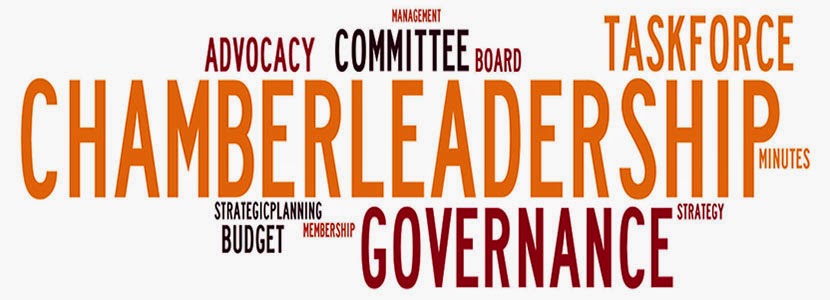After reading the book Strategic Integration by Gabriel Eckert, FASAE, CAE and Bob Harris, CAE, I thought I’d say a few words on my thoughts of the book and their theory.
At the end of the day, this book is actually about implementing that strategic plan instead of just letting it sit on the shelf!
They start out by suggesting getting your strategic plan down to one page or in the case of the Florida Academy of Family Physicians to a business card to keep it simple, which will allow you to communicate it to your members and the community at large.
I’m a fan of less is more and if everyone knows the plan – board, staff, and members, that’s a good thing!
For a previous blog post on strategic planning go HERE.
Next they talked about ways to communicate the plan through storytelling, mantras and visuals and doing that through all your communications vehicles. The key, keep it consistent throughout your communication vehicles!
Maybe an infographic or a different design template can be used to communicate your plan. For a great resource on creating visuals by Canva go HERE.
Next came operational excellence, and the bottom line is, if you don’t have the staff and resources to implement the new plan you’re in trouble.
Word will get out and if it’s just another promise, ouch! I hope you’re not in that camp.
The book then goes on to discuss:
Maintaining Focus – don’t try and do everything the first year and monitor your progress implementing the strategic plan through dashboards or other tools. The key is to have a system that you can measure your results.
Absolute Alignment – getting the resources aligned with each priority. When the say resources they mean, financial, staff and volunteers. It’s critical to clarify the different roles of the stakeholders. The book has a great worksheet in the book to assign roles.
Iteration Innovation – segment your program of work, have clear roles, failure is a positive, learn, and improve/modify fast.
Systematic Sunsetting – create a system where you are evaluating your programs on a regular basis. They suggest separating your program of work into possible three buckets and take one bucket each year (education, advocacy, events). They have a great template in the back of the book in the resources section.
Strategy- Driven Culture – they break this down into three components: redefining success, continuous learning and celebrate success. My take, be flexible and study your markets to remain relevant!


